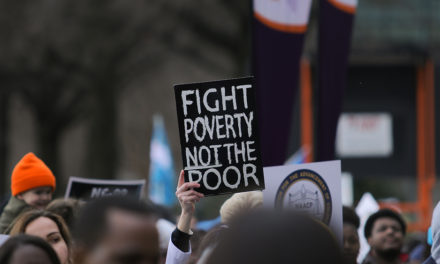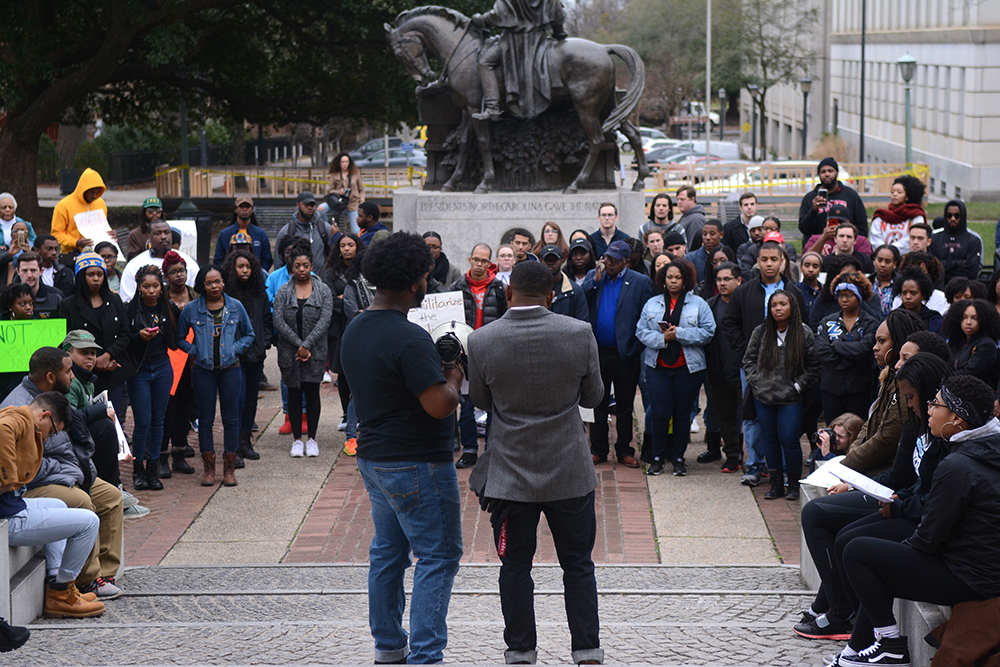ALEXIS TEASDELL | STAFF WRITER
If there is one thing about African Americans that is something to notice, it is that African Americans come in all different shapes and sizes. African Americans can be light, dark, short or tall, and with all of this physical diversity, there is also diversity within African Americans psychologically. Have you ever walked across campus and seen another African American that you had never met, but because you were also African American they said “Hey” or smiled? Have you ever been around an African American who did not want associate with African American clubs or organizations because they feel as if race shouldn’t be a factor?
One theory suggests that African Americans identify themselves differently in how they relate to their race. This is called Nigrescence, a psychological theory first proposed in 1971 by William E. Cross Jr., that describes the acceptance and affirmation of Black identity in an American context by moving from “Black self-hatred to Black self-acceptance.” The concept divided one’s nigrescence into five categories beginning with the Pre-encounter stage; the encounter stage; immersion/emersion; internalization; internalization-commitment; and ending in the Internalization-Commitment entitled the Black Racial Identity Development Model.
The Pre-encounter stage is when an African American have adopted the views of dominant white culture in society. This is a phase where the African American may remove themselves from anything that is “black” or from association with other blacks. This may be because of a subconscious view of African American Stereotypes or from a disconnection with African American society, to the point that it is foreign and uncomfortable to them.
The encounter state is said to be a stage that is usually brought upon by a prejudice encounter. It could be brought upon by rejection by White friends or by connecting personally to a prejudice statement. This is when an African American may begin to believe that racism still exists and that the idea of “if we stop talking about it, it will go away,” may begin to fade. It is a time when the African American begins to understand that they are a part of a group that is in times targeted by racism.
The third stage is Immersion/Emersion. This in some aspects is a reverse from the Preencounter stage. In this stage an African American may attempt to disassociate themselves with symbols of white culture and may desire to surround themselves with symbols of one’s racial identity. Thomas Parham describes this stage as, “everything of value in life must be Black or relevant to Blackness. This stage is also characterized by a tendency to denigrate white people, simultaneously glorifying Black people…” This is a stage where the African American seeks to explore Afro-centric Culture and history and seek support from those of their same racial background. This is a stage where one may redefine themselves and find security in their ethnicity.
The next stage is Internalization. In this stage the African American still interacts with other African Americans but is now willing to establish meaningful relationships with Whites who are respectful to them and their race. They are also ready to build coalitions with other groups that are oppressed.
The Final stage is Internalization-Commitment. This is when the African American takes their “personal sense of Blackness into a plan of action or a general sense of commitment” to what is happening in the African American Community. In both this stage and the last stage the African American has become to have a positive view of themselves and their racial identity and have grown to view and interact with races proactively.
In total, African American’s are walking across this campus in different stages in their racial identity. Some may be in a Pre- Encounter stage in which they don’t want to get support that is targeted for minorities. Others may be in the Immersion/Emersion stage, where they are only interacting with African Americans and want to solely learn who they are as an African American. Others may be in a Internalization-Commitment phase where they have an understanding of who they are and the state of African Americans and are making a direct effort to aid the interactions of different races and help all oppressed races. It’s a beautiful thing that African Americans can be so diverse inside and out isn’t it?



